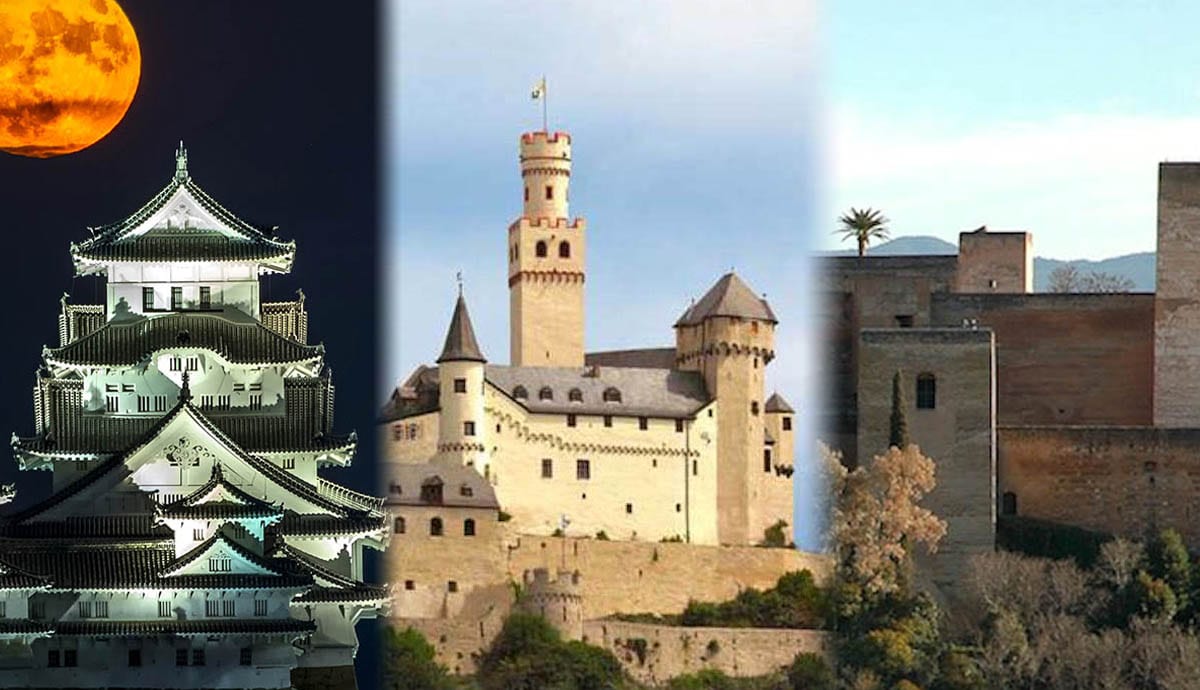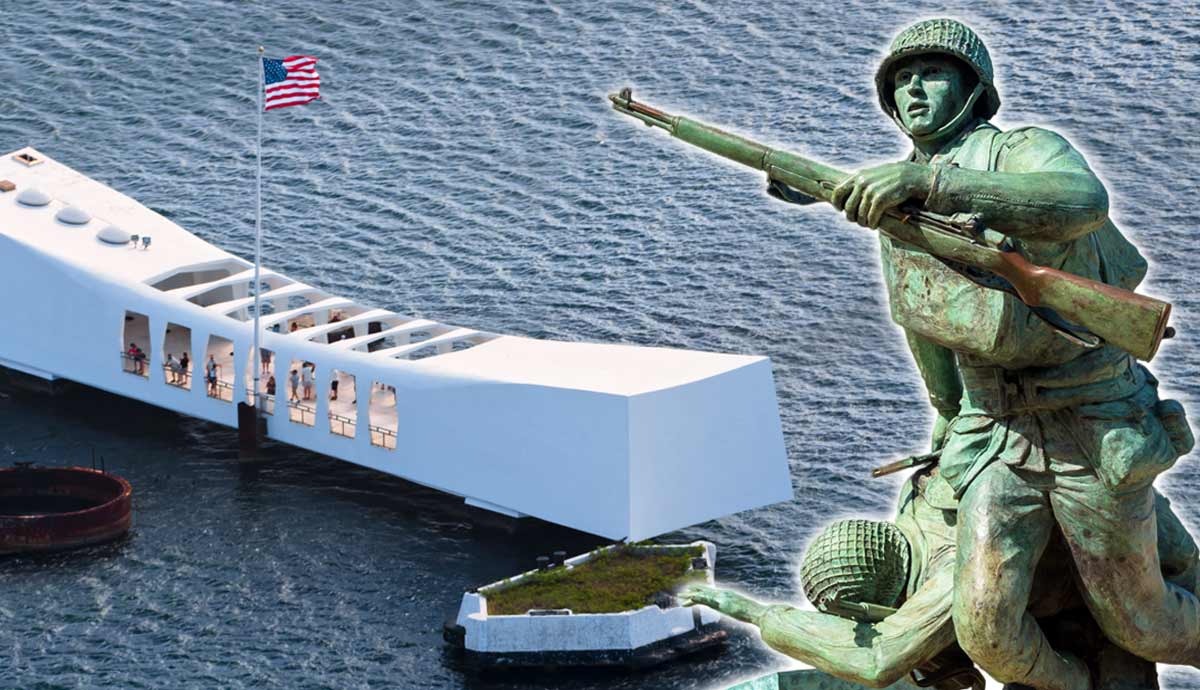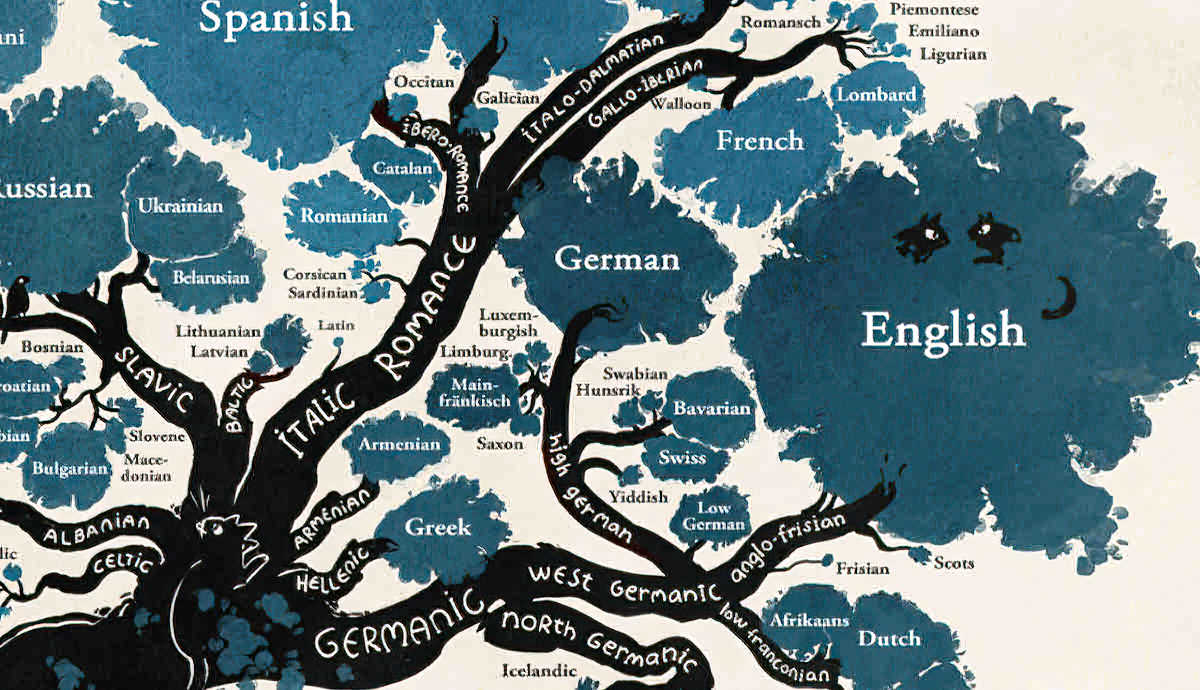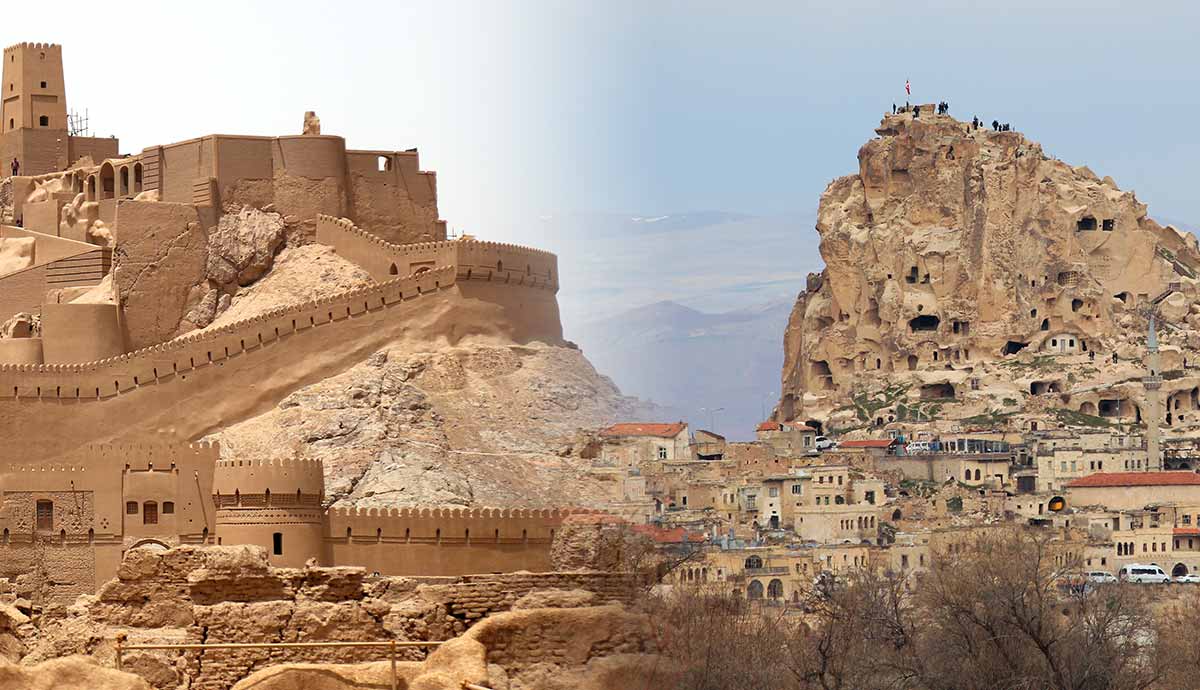
From stories of maidens in tall towers to scandalous and bloody family feuds, images of castles in books and television are not unfamiliar to us. While some of our favorite tv shows may have been filmed in castles that really exist, how many of us know what those castles were actually used for? Read on to learn about the history and different purposes of five real medieval castles from around the world.
Medieval Castles: An Introduction

Internationally, castles were usually built for two main purposes: to defend and to impress. There is a reason we have so many well preserved medieval castles still standing today: from spiral staircases built to give those going down the upper hand in battle in case of an attack to the crenelated walls which gave access to archers to shoot at the lower ground, to complex and maze-like moats, walls, and passageways meant to confuse the enemy, the architecture of each castle was built specifically to sustain all kinds of attacks. Aside from defensive purposes, castles functioned as a home for the royalty, military elite, and aristocrats who lived in them. Both inside and outside, the castle provided stunning aesthetic views for its powerful owners and would impress guests who came to call.
Marksburg Castle

Marksburg Castle, located in Braubach, Germany, is the most well preserved medieval castle in Germany. It stands on a hill next to the Rhine river, which flows through northwest Germany. This castle is one of the dozens that are built strategically on this river. This was done for two reasons: to make use of the water’s natural resources and control and distribute those resources politically to the layfolk via taxation. The castle was built during the Late Romanesque period (1225-1250), with architectural additions as late as the 18th century.

Marksburg contains a great hall, kitchen, chapel tower, defensive walkways and walls, a dungeon, great and small batteries, a “hexengarten” (witch’s garden), and several bedrooms. The Marksburg was occupied by a series of very wealthy lords and earls, from the Eppsteins in the mid 13th century, to the Counts of Katzenelnbogen from 1283-1479, to the Landgraves of Hesse in the late 15th century. It was later used as a prison and fell into disrepair for several centuries. However, despite the many wars and attacks through the years, Marksburg never fell and to this day retains its medieval architectural qualities and features.

On the tour of the Marksburg, the visitor can see the great hall set up as it might have been for a feast for those wealthy earls from 900 years ago and medicinal plants growing in the “Witch’s Garden” on the side of the castle overlooking the Rhine. Medieval instruments such as the hurdy-gurdy sit in the great hall ready to be played, and tapestries with millefleur designs decorate the bedrooms.
The Alhambra

The Alhambra, or the “Red Castle,” is located in Granada, Spain. Its name might be inspired by the castle’s exterior, which was built with tabia, a kind of clay that has red tones. The Alhambra was built in the 13th century and would become the home to the nobles in the court of Granada. While it was first built for military purposes, this medieval castle complex would become one of the most beautiful palaces during the Middle Ages. From the iconic red walls to the Moorish style architecture, to the palace gardens and river Darro flowing beside it all: the Alhambra was truly a feast for the eyes.

The Alhambra is not one individual building, but rather a huge complex. It contains at least three palaces, mosques, gardens, orchards, pleasure houses, baths, barracks for the royal guard, and even places for the courtesans to shop. All of this is surrounded by walls. The first palace was built by Muhammed I of Granada, who founded the Nasrid Dynasty. Muhammed’s descendants would continue to expand on his initial palace, making the Alhambra what it is today. The Alhambra would be the home of the Nasrid family until 1492, when Granada was defeated by Isabella I of Castile and Ferdinand II of Aragon, turning the then Islamic Spain into a Catholic one.

Possibly the most exquisite visual elements of the Alhambra is the Moorish style architecture. Since the Nasrid family was Muslim, the palaces, mosques, and even the bedrooms were built in Islamic medieval style. Doors and hallways would likely contain pointed arches at the top, and many rooms would be covered in wall to ceiling stucco designs. In Islamic art, images of any kind are seen as blasphemous, so in mosques, the walls would instead be covered with words from the Quran. Additionally, complex geometric and floral designs would create a kaleidoscope-like effect with its bright colors and repeating patterns.
Bran Castle

Perhaps the most iconic medieval castle on the list is Bran Castle. While it wasn’t the home of vampires and murderous counts (contrary to popular belief, Vlad Tepes never lived at Bran Castle), it has centuries of stories that continue into the present day. The first temporary fortress was built at the present castle’s location in 1211 by the Teutonic Knights. Over a century later, the Saxons living in Transylvania began building a castle in 1377, and eleven years later, the castle was fully completed and functional.

For about a century, the castle functioned as border control at Transylvania’s east border. Those who wanted to conduct trade between neighboring countries had to go through the castle first, where it would receive 3% of traded goods. It also operated as a defensive fortress, keeping the Ottomans and their attempts at expanding into Transylvanian territory out. The lord who was elected to be in charge of all of these affairs, as well as his family, servants, and guards, would live in the castle.

Bran Castle was used as a seat of commercial and political power for over 700 years. Over the course of this period, the looks of the medieval castle changed dramatically to suit the needs of the current residents. The Gothic castle’s position on top of a cliff makes for not only stark imagery but a strategic military position. The castle towers even higher with a total of four stories, a dungeon, and multiple towers. Inside, the castle contains bedrooms, a kitchen, a garden with a 57-meter deep well, a dining hall, a drawing room, a music room, and more. Due to the castle being used as a residence up until the mid 20th century, much of the interiors are semi-modern. However, many of the objects and furniture that are displayed can be dated centuries back, and the medieval foundation and skeleton of the castle remain beneath the surface.
Himeji Castle

Active during a period of Japan’s history that was rife with civil wars, clashing samurai clans, and general unrest, Himeji Castle, in Himeji, Japan, was built to withstand almost anything. And indeed, the White Heron Castle, as it is sometimes called for its wing-like roofs and white walls, still stands today with its medieval foundations still wholly intact. It has survived the strife of the Muromachi period, the bombing of Himeji during World War II, and even catastrophic earthquakes. The medieval castle itself, built of wood and plaster, towers over four stories high atop a sturdy rock foundation that is itself over a story tall.

While Himeji Castle was built initially for defense and protection, it also served as a symbol of political power for those who lived in it. The first structure at this site was built in 1333 by Akamatsu Norima, a samurai who was appointed governor of the Harima province by the shogun, Ashikaga Takauji. This first fort was destroyed by Norima’s son, who then built a new castle in 1346. The current castle we see today was built in 1580 by Toyotomi Hideyoshi, with major renovations added to it throughout the 17th century by Ikeda Terumasa.

While Himeji Castle never did become the site of a historical battle that it was so well equipped for, if it had been under attack or siege, it would have proven extremely difficult to capture. The medieval castle complex was built with labyrinthine passages that were only well known by the residents, and any foreign invaders would immediately become lost or trapped in its walls. There were also several traps and secret places for guards to attack from a distance.
During this time period, not only was proper defense necessary for a castle such as this but its aesthetic as well. The samurai and the shogunate valued class and sophistication as much as military prowess. This quality is seen in the complex wooden architecture of the castle, an example of Japanese joint and support technique. Additionally, those who lived in the castle would display their collection of hanging scroll paintings, calligraphy, folding screens, and elaborate armor and weapons to exhibit power, wealth, and refined taste.
Bunratty Castle

Located in Shannon, Ireland, Bunratty Castle towers high over the wetlands and the village surrounding it. The function of this medieval castle changed many times, but mostly, it served as a symbol of imperialism in Ireland, first by the Vikings and then the English. However, from 1425 to the reign of Henry VIII in the late 15th-early 16th century, Bunratty Castle was the home of two of the most powerful Irish clans in Munster: the Macnamara family and the O’Brien family. The current castle we see today was built by the Macnamara family in 1425, and the O’Briens installed large and beautiful gardens surrounding the castle.

Bunratty Castle is three stories high and has bedrooms, studies, a kitchen, and cellars. Some of the current furniture comes from the Earls of Thomond (descendants of the O’Briens who swore fealty to the English) of the 16th century. Possibly the most stunning room in the castle is the Great Hall. Long tables and benches vertically line the hall, while the head table is placed horizontally at the back of the room. High back wooden chairs line the table, several huge mounted deer heads decorate the walls, along with tapestries and weapons. Important banquets, council meetings, and celebratory feasts would be held in this hall.

Today, Ireland’s flag flies from the top of the medieval castle, and if you’ve got the lungs for it, you can climb the spiral staircases to the top to see the view. Bunratty Castle also hosts reenactment events, such as feasts in the Great Hall. Bunratty town is full of folks dressed in period garb who will tell you about the centuries of history while baking bread, playing the fiddle, or walking their wolfhounds through the medieval village.








